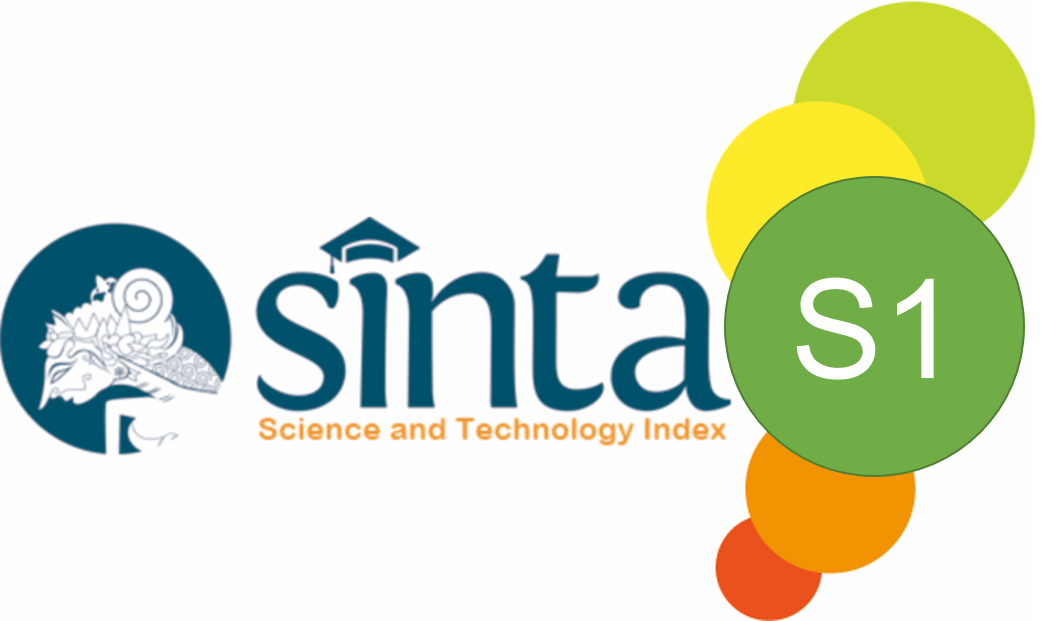Working Volume and Milling Time on the Product Size/Morphology, Product Yield, and Electricity Consumption in the Ball-Milling Process of Organic Material
Abstract
Keywords
Full Text:
PDFReferences
Bazazi, S., Arsalani, N., Khataee, A., & Tabrizi, A. G. (2018). Comparison of ball milling-hydrothermal and hydrothermal methods for synthesis of ZnO nanostructures and evaluation of their photocatalytic performance. Journal of industrial and engineering chemistry, 62, 265-272.
Burmeister, C. F., & Kwade, A. (2013). Process engineering with planetary ball mills. Chemical Society Reviews, 42(18), 7660-7667.
Chen, Z., Xia, Y., Liao, S., Huang, Y., Li, Y., He, Y., Tong, Z., & Li, B. (2014). Thermal degradation kinetics study of curcumin with nonlinear methods. Food chemistry, 155, 81-86.
Dai, L., Li, C., Zhang, J., & Cheng, F. (2018). Preparation and characterization of starch nanocrystals combining ball milling with acid hydrolysis. Carbohydrate polymers, 180, 122-127.
Dalmis, R., Cuvalci, H., Canakci, A., Guler, O., & Celik, E. (2018). The Effect of Mechanical Milling on Graphite–Boron Carbide Hybrid Reinforced ZA27 Nanocomposites. Arabian Journal for Science and Engineering, 43(3), 1113-1124.
Gaffet, E. (1991). Planetary ball-milling: an experimental parameter phase diagram. Materials Science and Engineering: A, 132, 181-193.
Gao, M.-W., & Forssberg, E. (1993). A study on the effect of parameters in stirred ball milling. International Journal of Mineral Processing, 37(1-2), 45-59.
Islam, S., Al-Eshaikh, M., & Huda, Z. (2013). Synthesis and characterization of high-energy ball-milled tungsten heavy alloy powders. Arabian Journal for Science and Engineering, 38(9), 2503-2507.
Koch, C. (2003). Top-down synthesis of nanostructured materials: Mechanical and thermal processing methods. Reviews on Advanced Materials Science, 5(2), 91-99.
Kutuk, S., & Kutuk-Sert, T. (2017). Effect of PCA on nanosized ulexite material prepared by mechanical milling. Arabian Journal for Science and Engineering, 42(11), 4801-4809.
Li, X., Kokawa, M., & Kitamura, Y. (2018). Influence of micro wet milling parameters on the processing of Komatsuna (Brassica rapa var. perviridis) juice with rich phosphatidic acid. Journal of Food Engineering, 217, 50-57.
Lv, Y.-J., Su, J., Long, Y.-F., Lv, X.-Y., & Wen, Y.-X. (2014). Effect of milling time on the performance of bowl-like LiFePO 4/C prepared by wet milling-assisted spray drying. Ionics, 20(4), 471-478.
Mio, H., Kano, J., Saito, F., & Kaneko, K. (2002). Effects of rotational direction and rotation-to-revolution speed ratio in planetary ball milling. Materials Science and Engineering: A, 332(1-2), 75-80.
Mishra, B., & Rajamani, R. K. (1992). The discrete element method for the simulation of ball mills. Applied Mathematical Modelling, 16(11), 598-604.
Mishra, P. (2009). Isolation, spectroscopic characterization and molecular modeling studies of mixture of Curcuma longa, ginger and seeds of fenugreek. International Journal of PharmTech Research, 1(1), 79-95.
Nandiyanto, A., Wiryani, A., Rusli, A., Purnamasari, A., Abdullah, A., & Riza, L. (2017). Decomposition Behavior of Curcumin during Solar Irradiation when Contact with Inorganic Particles. IOP Conference Series: Materials Science and Engineering, 180, 012135.
Nandiyanto, A., Wiryani, A., Rusli, A., Purnamasari, A., Abdullah, A., Widiaty, I., & Hurriyati, R. (2017). Extraction of Curcumin Pigment from Indonesian Local Turmeric with Its Infrared Spectra and Thermal Decomposition Properties. IOP Conference Series: Materials Science and Engineering, 180, 012136.
Nandiyanto, A., Zaen, R., Oktiani, R., & Abdullah, A. (2018). Photodecomposition Profile of Curcumin in the Existence of Tungsten Trioxide Particles. IOP Conference Series: Materials Science and Engineering, 306, 012002.
Nandiyanto, A. B., Putra, Z. A., Andika, R., Bilad, M. R., Kurniawan, T., Zulhijah, R., & Hamidah, I. (2017). Porous activated carbon particles from rice straw waste and their adsorption properties. Journal of Engineering Science and Technology, 12, 1-11.
Nandiyanto, A. B. D., Sofiani, D., Permatasari, N., Sucahya, T. N., Wiryani, A. S., Purnamasari, A., Rusli, A., & Prima, E. C. (2016). Photodecomposition profile of organic material during the partial solar eclipse of 9 march 2016 and its correlation with organic material concentration and photocatalyst amount. Indonesian Journal of Science and Technology, 1(2), 132-155.
Nandiyanto, A. B. D., Zaen, R., & Oktiani, R. (in press-a). Correlation between crystallite size and photocatalytic performance of micrometer-sized monoclinic WO3 particles. Arabian Journal of Chemistry.
Nandiyanto, A. B. D., Zaen, R., & Oktiani, R. (in press-b). Working Volume in High-Energy Ball-Milling Process on Breakage Characteristics and Adsorption Performance of Rice Straw Ash. Arabian Journal for Science and Engineering.
Stolle, A., Szuppa, T., Leonhardt, S. E., & Ondruschka, B. (2011). Ball milling in organic synthesis: solutions and challenges. Chemical Society Reviews, 40(5), 2317-2329.
Suryanarayana, C. (2001). Mechanical alloying and milling. Progress in materials science, 46(1-2), 1-184.
Wang, B., Wei, S., Wang, Y., Liang, Y., Guo, L., Xue, J., Pan, F., Tang, A., Chen, X., & Xu, B. (2018). Effect of milling time on microstructure and properties of Nano-titanium polymer by high-energy ball milling. Applied Surface Science, 434, 1248-1256.
Zhang, F., Zhu, M., & Wang, C. (2008). Parameters optimization in the planetary ball milling of nanostructured tungsten carbide/cobalt powder. International Journal of Refractory Metals and Hard Materials, 26(4), 329-333.
DOI: https://doi.org/10.17509/ijost.v3i2.12752
Refbacks
- There are currently no refbacks.
Copyright (c) 2018 Indonesian Journal of Science and Technology

This work is licensed under a Creative Commons Attribution-ShareAlike 4.0 International License.
Indonesian Journal of Science and Technology is published by UPI.
View My Stats





















